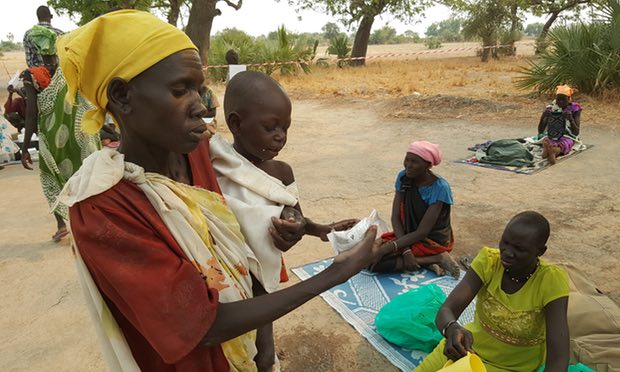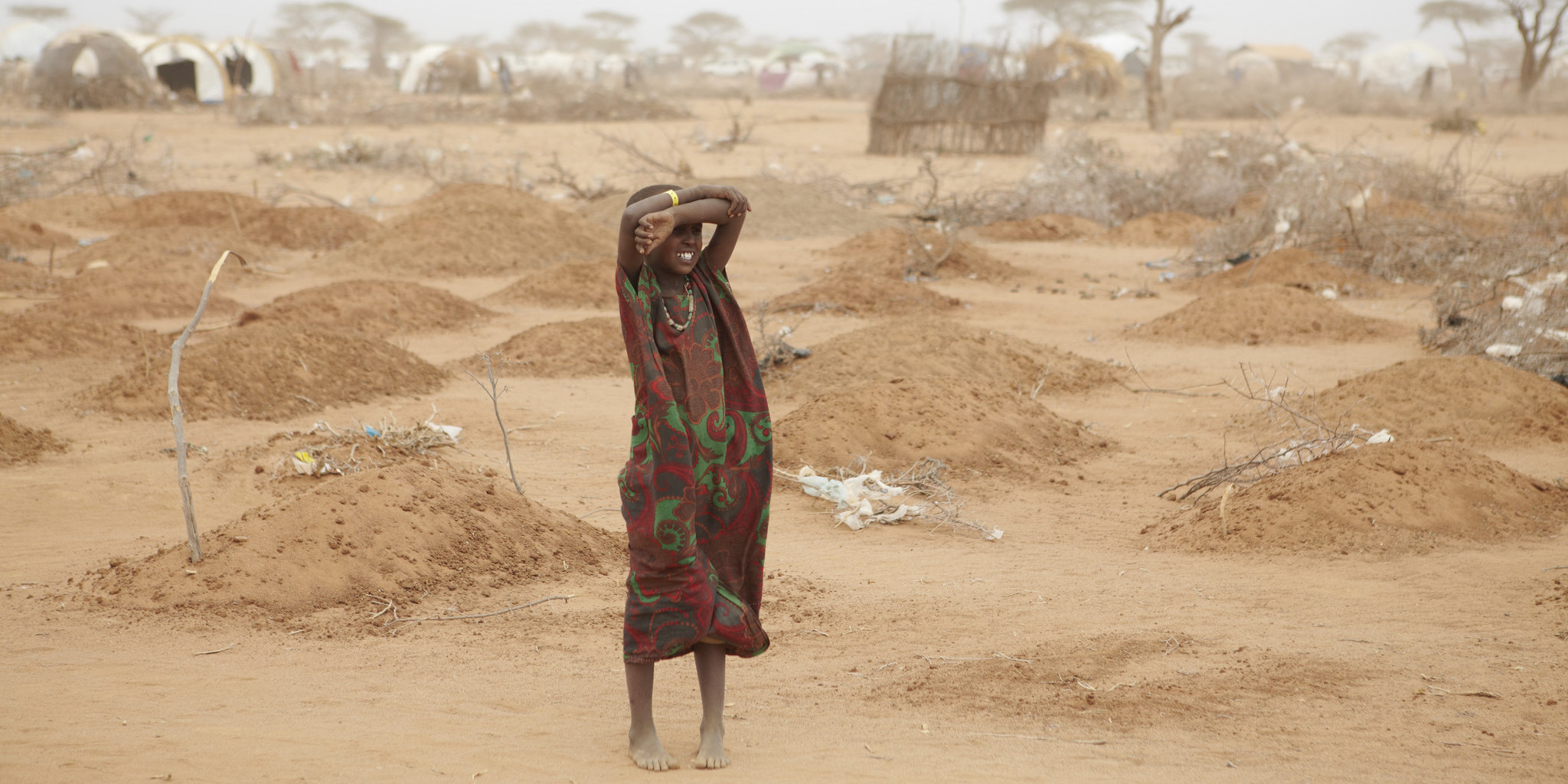World Famine Month – How Donors (and Tech Solutions) Can Help
- March 13, 2017
- By: Vonigo
For many North Americans, meals are a chance to relax and connect with their loved ones at the end of the day. The ritual of sharing food is so ingrained in our culture that we see phrases like “what’s for dinner?” as an expression of choice – not a question.
As of January 2017, the United Nations warns that the coming year will see four global famines… occurring all at once. U.N. World Food Programme chief economist Arif Husain predicts that 20 million people will face starvation within the next 6 months, and that many are already suffering. With two of the four nations embroiled in years-long civil wars, South Sudan and Yemen are at the highest risk for extreme famine conditions.
An Unprecedented Food Crisis
To alleviate the suffering in Yemen alone, UN experts predict they’ll need $2.1 billion within the next few months. But only 6 percent has been received so far. They are calling it “the largest humanitarian crisis since the United Nations was founded…” Which means that 2017 will see the greatest human suffering since the end of World War II.
The nations affected are heavily dependant on farming for their food and income. And because famines are typically caused by droughts or war, the very foundation of these rural economies dry up.
Women and children must walk for weeks in search of food and water. Eventually, entire villages head toward cities in hopes of finding work. However, the cities are also struggling with fewer resources, and can’t support the new families with work or housing.
With no one working the land, famines create a vicious cycle of starvation and economic difficulty that can take years to break a nation out of.
That’s where we come in. Here in North America, we have a great opportunity to be generous where we are able, and to support businesses that are building the technology that can help break the cycle of famine. One thing that areas struck by famine have in common is a lack of infrastructure. Roads and power lines don’t just make it easier to live – they allow us to connect with communities and ideas, and tap into the different solutions and ideas that may ultimately better our lives.

Photo: Nicolas Peissel – MSF
Here at Vonigo, we love the mission that WeFarm is pursuing: better farming by way of more information. They’ve harnessed the power of crowd-sourced farming Q&A, and the readily available mobile phone (2016 saw 38 million mobile contracts in Kenya alone) to create a forum for farmers to ask questions about their crops. Most rural farmers rely on generational knowledge to run their farms. Just as your plumber may have inherited his business from his father, so too may the maize farmer have come by his work.
But what if you run into a tricky problem, or need to get a second opinion? Just like our evening meal, we don’t consider this to be the luxury that it is. WeFarm’s technology helps farmers find solutions outside of their own scope of experience. That single text message could be the difference between a failed crop and a successful year.
Other tech companies are working on apps that promote knowledge and connectivity between farmers and communities. Mbegu Choice (Swahili for “seed choice”) is an app that has users plug in data about their farming conditions: where they live, drought conditions, and so on. The app then uses the inputted info to suggest seed types that will thrive in their conditions. The idea of the app is not only to help farmers make better choices about their crops, but also to promote a more diverse diet for the farmers and their customers.
Just like when a business offers more services they have a better chance of gaining customers, so too can farmers in rural areas enjoy better profits and higher yields by diversifying.
Tech solutions are one part of this complex puzzle. SmartPhones are still a luxury to rural farmers, and rely on a network that is not available in remote areas. Internet access is a blocker to a lot of developments suggested by the west, but the Internet’s power to connect cannot be overlooked.
Within the next twenty years, it may even usher in a few era of food production and safety. But for now, the UN needs your help to protect vulnerable populations from starvation. Join us by donating to the cause today.



